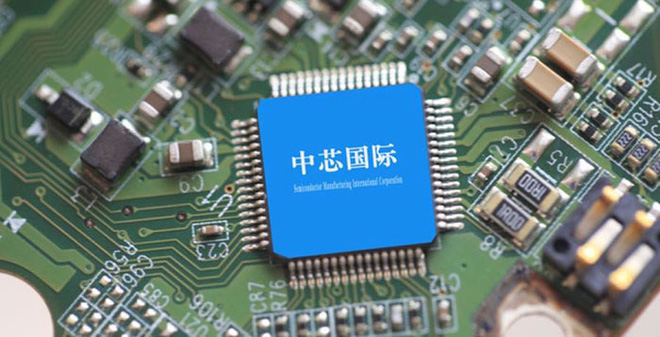Punishing SMIC, the US launched a fatal blow to the “Chinese Dream”
- Tram Ho
Last week, the US Commerce Department officially announced the technology export restrictions on China’s largest semiconductor manufacturer, SMIC (Semiconductor Manufacturing International Corporation). This is not only a heavy blow to Huawei’s hopes to buy domestic chips, but also directs China’s efforts to autonomy the chip industry.
The US Commerce Department’s statement said that the export restriction on SMIC came from a report showing the company’s chip products could be used in the Chinese military. However, in its statement, SMIC denied any connection with the Chinese military.

The biggest victim of the SMIC ban: China’s chip autonomy
But according to analysts, this export restriction will be a blow to China’s efforts to develop the domestic semiconductor industry.
According to Arisa Liu, an industry analyst at the Taiwan Institute of Economic Research, ” The inclusion of SMICs on the US blacklist will be a huge blow to the semiconductor industry development plan. It is clear that the US is implementing a strategy to block key companies from forcing the closure of advanced manufacturing processes . ”
” It restricts any mid- to short-term capacity expansion plans ,” said Stewart Randall, Head of Electronics and Embedded Software at consulting firm Intralink . in the sense that they will have to work with what is already there, which can be a problem when they start to fail . ”
For many years, China has worked hard to develop its own domestic semiconductor industry, with the goal of reducing its dependence on foreign supplies. In recent times, when Huawei has become the target of sanctions from the US government, this effort has been further strengthened.

In mid-May, after the US changed its export policy to completely cut off supplies and produce chips for Huawei from abroad, a series of investment funds backed by the Chinese government poured more. about $ 2.2 billion into SMIC to expand its chip manufacturing capabilities.
Founded in 2000 by Richard Chang, who has worked for many famous chip companies such as Texas Instruments and TSMC for many years, SMIC is now the flagship of the chip manufacturing process in China. SMIC is the only Chinese chip maker to have 14nm chips, and is working on smaller processes to further narrow the gap with other chipmakers in the world.
In July, SMIC announced plans to build a new $ 7.6 billion chip casting plant in Beijing, focusing on 28nm process and more advanced technology processes. The plant’s goal is to produce about 100,000 12-inch wafers per month.
But at this moment, the US government’s export restriction order fell to SMIC’s head. This will be the biggest obstacle for the construction of new factories as well as other production expansion plans of SMIC.
Eric Tseng, CEO of semiconductor industry Isaiah Capital & Research, said: ” SMIC’s 28nm process expansion plan is likely to be delayed, and the same will happen with its 10nm process. when preparing for mass production in 2021. ”
Currently, China is a huge import market for semiconductors with an import value of 44 billion USD last year and this number will continue to increase in the future. As long as China’s efforts to self-produce chips – with SMIC at the forefront – are constrained, China will have to depend on foreign chip sources today.
Refer to SCMP
Source : Genk
